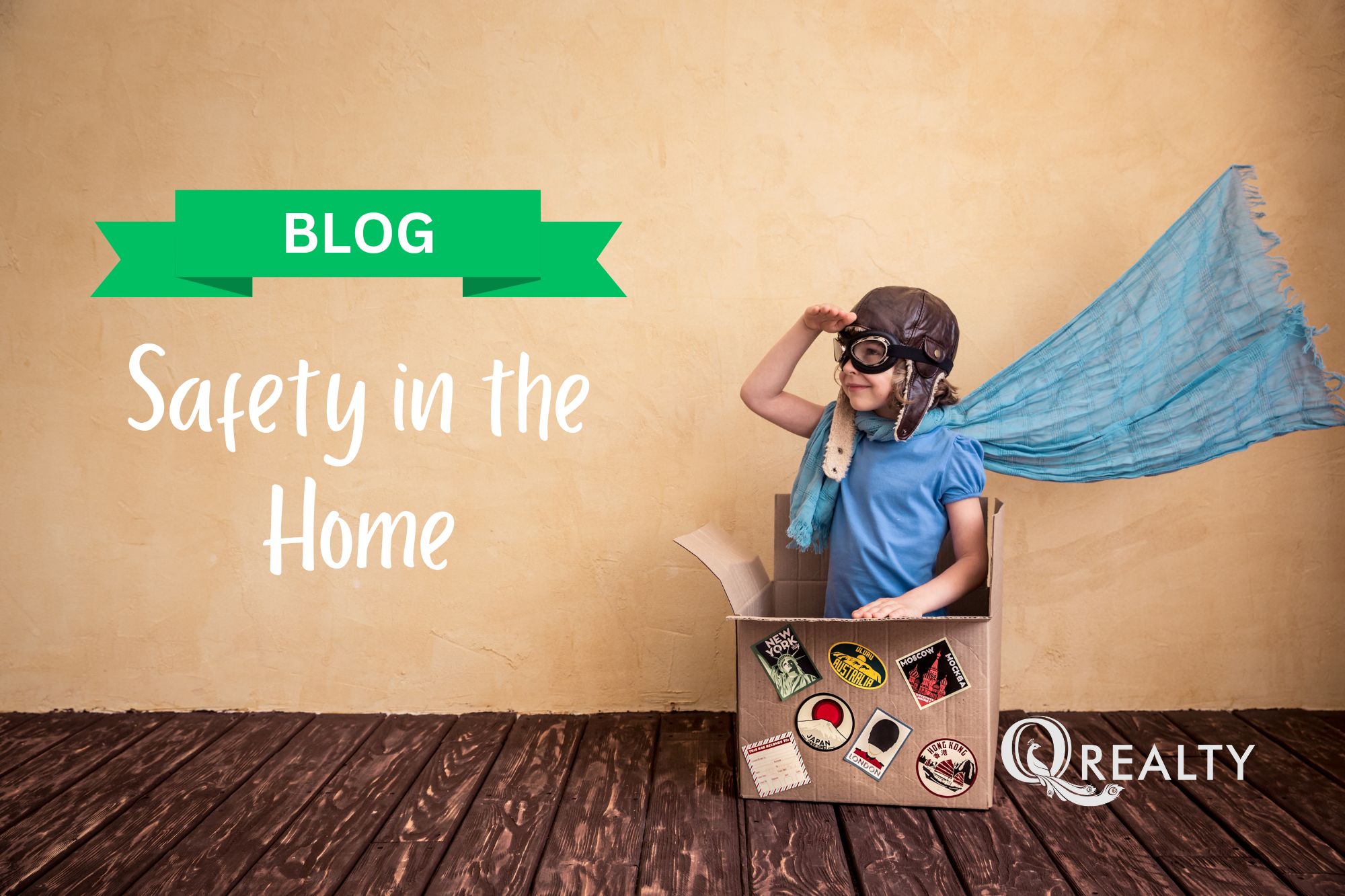Child Safety Factors When Buying or Renting
There are many factors to consider when buying or renting a property. The obvious ones include price, location, public transport links, schools and community spirit. However buying or renting can be a particularly stressful time and often important factors are overlooked, such as child safety.
Each year approximately 241 Australian children (aged 0-14 years) are killed and 59,000 hospitalised by unintentional injuries and poisonings*. Alarmingly, studies have shown that over 67% of these injuries occur in one’s own home. Many of these injuries are easily prevented by simple means.
Ensuring your home, or future home, is safe will go a long way to ensuring any child who passes through your home will be protected from harm.
If you have children and are viewing a property to buy or rent for the first time, consider Kidsafe’s Top Five Tips:
1. Driveway safety
Before entering the home, take note of the property’s surroundings. Is the house in close proximity to a busy road? Is the driveway gated or does it have restricted access to the road? Children, particularly those 4 years of age and under, are naturally inquisitive and like to explore. Consider where your car will be parked also – small children can often not be seen when reversing a car. Restricted access to roads and driveways can help prevent major injuries from occurring.
2. Fittings
Take note of the fittings within the house. Slippery floor surfaces, electric safety switches, curtain and blind cords, types of window settings and smoke alarms are all important elements. Are door handles positioned out of reach of young children? By actively inspecting fittings during your first viewing of the property, you can ensure you are fully aware of what needs to be fixed or attended to if/when you move in.
3. Home Layout
There are different hazards to look out for depending on the layout of a property. Is the house single or double storey? Are there any split levels or stairs, inside or outside the property? If a property has stairs, ensure there are adequate balustrades that meet Australian Standards and check to see if gates can be installed. Are children’s bedrooms adjoining or easily accessed from the master bedroom? Is the laundry located away or restricted from living and play areas? Taking note of the layout of a property early on will help you plan out and eliminate future problems.
4. Outdoors
Inspecting the outside area of a property is just as crucial as inspecting the inside. Is there a pool? If so, ensure it meets Australian regulations with a fully enclosed fence and self closing, self latching gate. Check that access from the front to the backyard is restricted. Are there are any other exits i.e. side lanes or gates? Is there a garage or shed to store tools, chemicals etc away from children? Many injuries occur outdoors while children play, so spotting hazards early on is crucial.
If you are serious about the property, note down hazards as you see them and decide how to fix them. If you do purchase or rent the property, fix them as a priority.
5. Take the Kidsafe Home Safety Checklist with you to house inspections.
Kidsafe’s Home Safety Checklist and Online Safety Demonstration House are great tools to ensure your future home is child safe.
Other useful resources available from your local Kidsafe Office include:
- A Parent’s Guide to Kidsafe Homes
- Safer Homes for Children – Design & Construction Guidelines
- Fact Sheets on a variety of topics including Backyard Safety – check State and Territory Kidsafe websites.
Kidsafe is a non-government, not-for-profit organisation dedicated to the prevention of unintentional death and injury to Australian children. It was founded in Australia in 1979. Visit www.kidsafe.com.au for access to information and links in your state.




